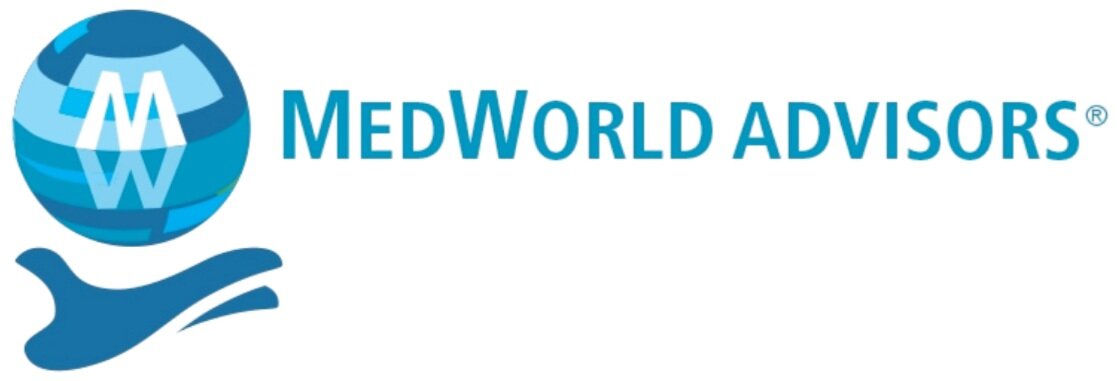MedTech Mindset: Bulls, Bears, and Tariffs, Oh my!
After years of continuous expansion, equity markets are experiencing volatility. Some are bearish on the near term while others remain bullish; and some of us don’t know which way the market will turn. The increasing use of tariffs as a blunt foreign policy instrument has increased uncertainty across all industries and the medical segment is no exception.
Just when you thought you had the China tariffs managed, along comes the threat (as of this writing) of Mexico tariffs. Whether it is China, Mexico, or another country, issues could come along and surprise us. Many medical device manufacturers produce some (if not all) of their products in China or Mexico, so these tariffs have the potential for real margin impacts as it’s often difficult to increase prices in this market.
Therefore, the question becomes: How do you manage your business through these turbulent times? Do you increase prices? Do you maintain prices while making other (possibly draconian) cuts to maintain earnings before interest and taxes (EBIT) levels? Do you take a short-term hit until you better understand the longer-term impacts of the current trade wars?
As a public company, there may be more pressure to attempt short-term fixes to avoid bottom line impacts, which ultimately lower stock value.
If you’re a private company, while you always have profit pressure, it doesn’t necessarily have to be a wild quaterto-quarter adjustment ride. If you’re profitable, you may have flexibility to make longer term adjustments while managing shorter-term pain.
Whether private or public, these events continue to give medical device companies opportunity to evaluate (re-evaluate) supply chains. Examine globally – is there redundancy and flexibility; and regionally – is there adequate supply chain to support each major region’s sales and marketing efforts, avoiding disruption if there are supply issues from other parts of the world?
The concept of marketing globally while manufacturing locally may be the best bet (assuming footprint and volumes allow it) for the near future. Being able to manufacture in China to sell in China; produce in Europe for sales in Europe; and manufacture in the U.S. for domestic sales may be a winning strategy for the future.
Should these issues make you bullish or bearish, the key during volatility is not to make dramatic moves but to find adjustments to help your business stay profitable in the short term while continuing to improve your foundation for a successful future.
We welcome your feedback on what moves you are undertaking to manage tariffs and other issues adding volatility to this industry; and we wish you the best of success in finding those tariff-free production zones for your business.
MedWorld Advisors
About the authors: CEO Florence Joffroy-Black is a long-time medtech M&A and marketing expert. She can be reached at florencejblack@medworldadvisors.com. Managing Director Dave Sheppard is a former medical OEM Fortune 500 executive. He can be reached at davesheppard@medworldadvisors.com

